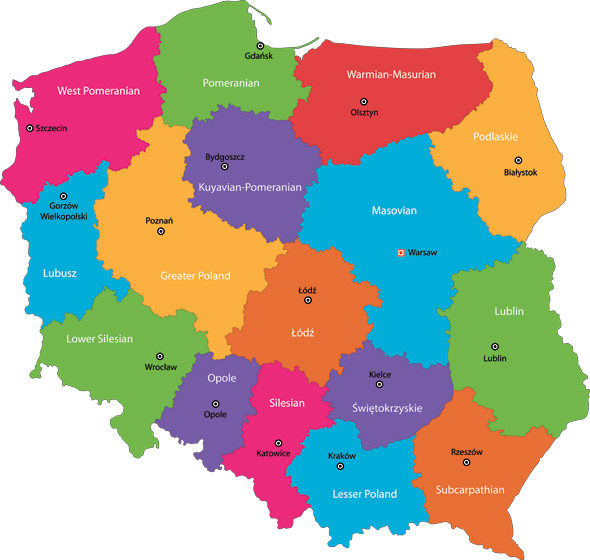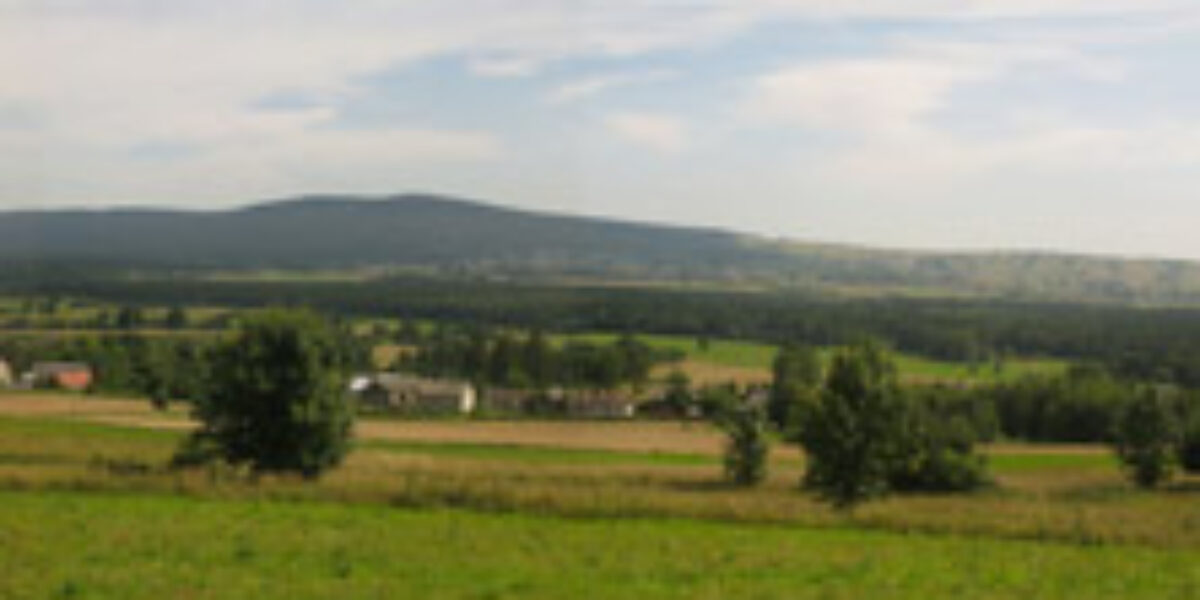Considering Investing Abroad? Then read on…

The Polish economy is one of the most attractive economies for foreign investors, and the Świętokrzyskie region, in particular, with its rich industrial history and progressive business attitude makes it a prime location for Foreign Direct Investment. The region, situated in south-eastern Poland covers 3.4% of the country and comprises prime brown and green field opportunities for business development. Its excellent geographical location means it is located at the intersection of the main north/south and east/west communication routes and oscillates 120-180 km from the nearest major cities.
Adam Jarubas, Marshall of Świętokrzyskie Voivodship, points out that ‘its location between large urban areas is conducive to the cooperative linking of firms, facilitates communication and allows for access to the research of the regions established academic centres’ which, in-turn provide experienced blue and white collar labour at a relatively low cost. The city of Kielce in Świętokrzyskie is home to the second largest trade fair city in Poland after Poznań and organizes about 70 exhibitions every year, with over 5,500 participants and 200,000 visitors worldwide attracting many industries, policy makers, foreign exhibitors and organizations. It therefore comes as no surprise that the Świętokrzyskie region is already an established home to many international companies such as RR Donnelley (USA), Smithfield Foods, Inc. (USA), NSK Bearings (Japan), Lafarge (France), and Pilkington (UK). This trend has been aided by a highly stable political system and favourable investment benefits for foreign investors.
Having emerged relatively unscathed from the 2008-9 global financial crisis, Poland’s economy has had to rely to a greater extent on its domestic demand and a diversified export structure. Being outside of the Euro has meant that Poland has relative autonomy over its economy which in turn provides a greater cushion against recession and greater resilience to a Eurozone slowdown.
A readiness to develop economic ties with foreign businesses has also encouraged new business start-ups and a more fruitful and successful business economy aided by the countries OECD membership. Established in 2003 the government agency PAIiIZ specialises in the provision of information and services for foreign businesses looking to expand their investments in Poland.
Since the early 1990’s, and coinciding with the collapse of the COMECON trading bloc Poland has attracted a great deal of foreign investment. The Świętokrzyskie region is part of the SEZ (special economic zone), where lucrative tax exemptions are offered when investment exceeds EUR 100,000 and corporate legislation views domestic and foreign ownership equally. Companies based in this region are allowed to deduct up to 65 per cent of their investment from their company taxes. During the first few years, they won’t even have to pay a single zloty to the tax office and those businesses which invested in any of the 14 SEZ’s prior to 2001 could even profit from a 100-percent rebate. Corporate flat tax is an incredible 19 per cent, compared to a rate of 39.4 per cent in neighbouring Germany.
Since the early 1990’s, and coinciding with the collapse of the COMECON trading bloc Poland has attracted a great deal of foreign investment.
Historically, the source of the Świętokrzyskie region’s economic heritage is to be found in the form of rich mineral deposits used in the construction, building and metallurgy industries. The Nida River valley in the South of the region is ranked amongst the most abundant gypsum deposits in Europe, accounting for 100 per cent of domestic output. The region contains huge resources of plaster stone and lime which accounts for 38.1 per cent of domestic output, brimstone accounting for 71.7 per cent of domestic output, and mineral aggregate resources, accounting for 24.8 per cent of domestic output. The rich natural resources found in this region have already attracted a host of domestic and foreign companies. The Dyckerhoff Cement Plant has already taken advantage of the local labour force and local materials, and is reaping the benefits of investing in the Świętokrzyskie region. This company produces cement and concrete and also offer a consulting service relating to the entire construction industry.
In the North of the region the Świętokrzyskie Casting and Co-operation Zone serves to support and promote the development of metallurgy, machine and precision industries found in the region such as foundries, heat treatment and galvanising plants. This co-operative has helped to position these industries as amongst the most progressive and innovation-orientated in the regional economy. The Spanish owned steel manufacturer Celsa Group is another example of a successful company situated in the Świętokrzyskie region and one that is highly profitable on both a domestic and global level.
Over 66 per cent of the surface area of the region is comprised of legally protected natural parks, forests and reservoirs offering rich resources of medicinal mineral waters. As a result there is enormous scope for the development of eco-tourism and recuperative health services in the area. There already exists a developed base of spas, sanatoriums, hotels and health resorts. The aim of the current Development Strategy within the region is to increase the level and quality of life of the citizens of Świętokrzyskie. This will be a strong pulling force for individuals and families to relocate to this area.
Adam Jarubus believes that funds from the EU’s Regional Operational Programme for 2007-2013 as well as additional funds from the National Performance Reserve are being put to good use. He suggests that of the 33.5 million the Świętokrzyskie region has received, ‘innovation, new technologies and well-prepared investment sites are the basic elements of stimulating economic development’. In total, some 20 million is to be spent on ‘innovation related activities, university research and the creation of complex investment areas’ in order to promote a competitive regional economy whilst creating new jobs. These funds, says Jarubus, have ‘given an impetus to the economy of Świętokrzyskie’.
In following the lead taken by international businesses that have relocated to this corner of Poland, you too can put your business on the map to expansion and profitability. The forecast is bright for the Świętokrzyskie region with its lofty ambitions. Can your business afford to miss out?



